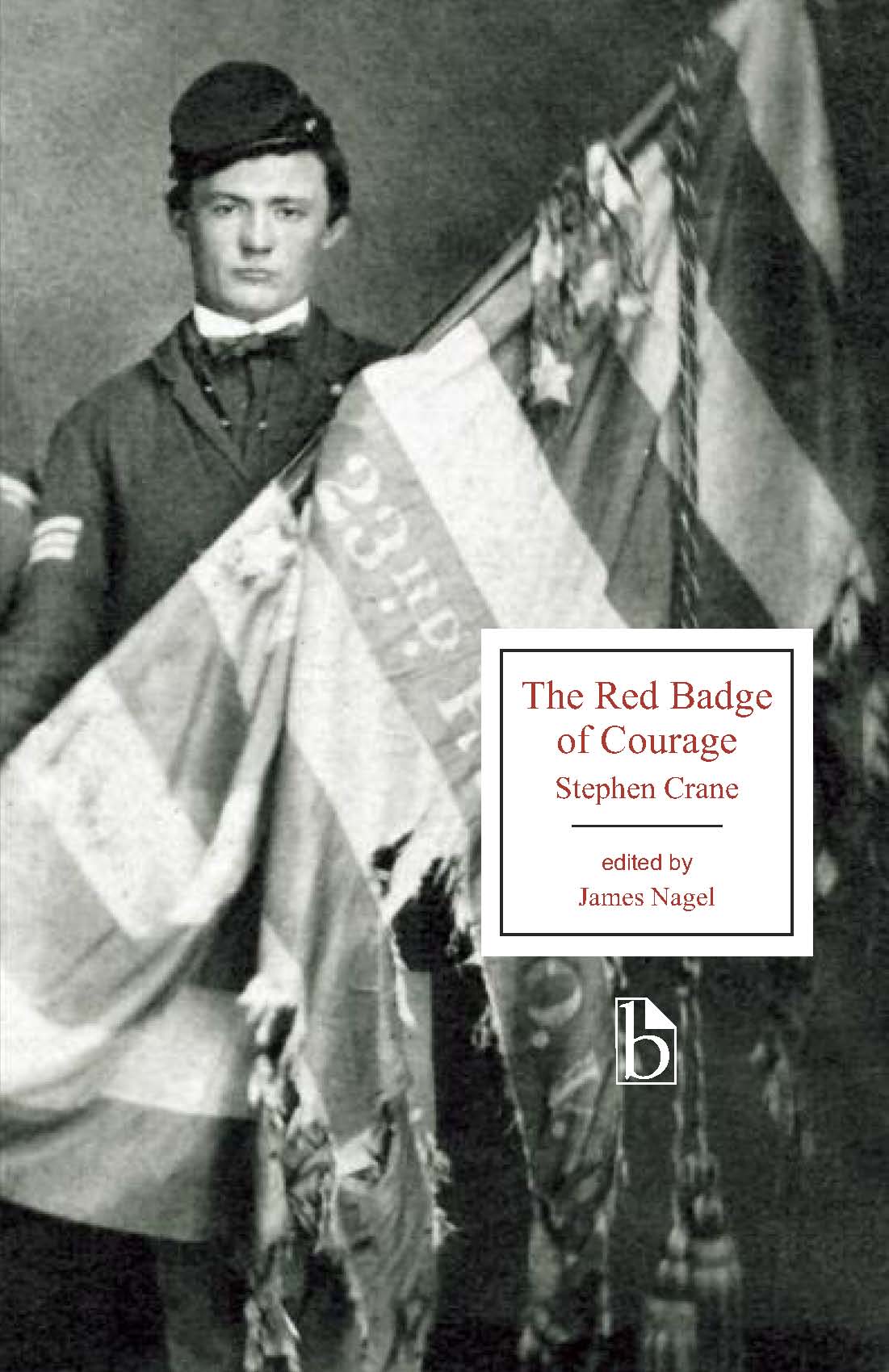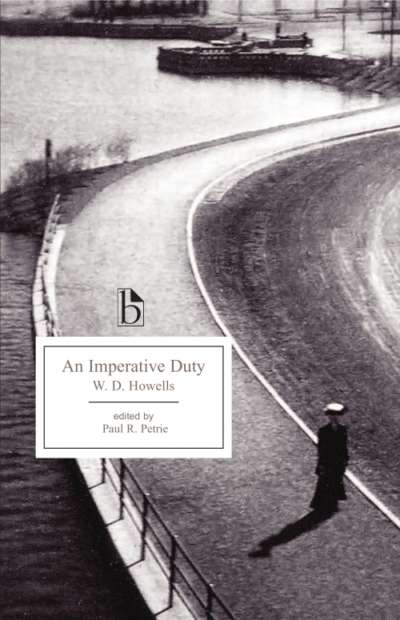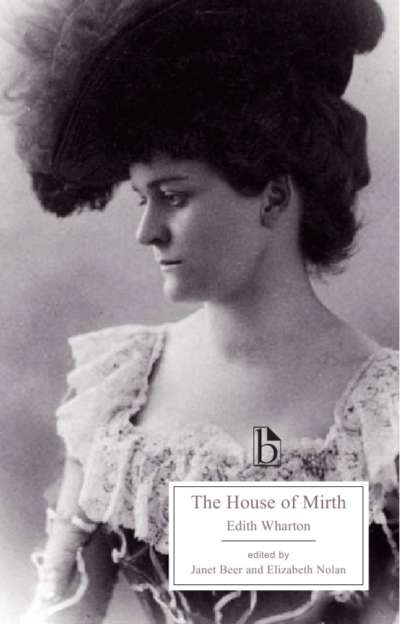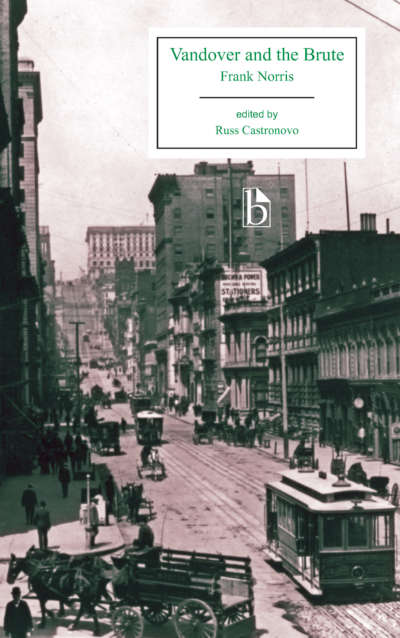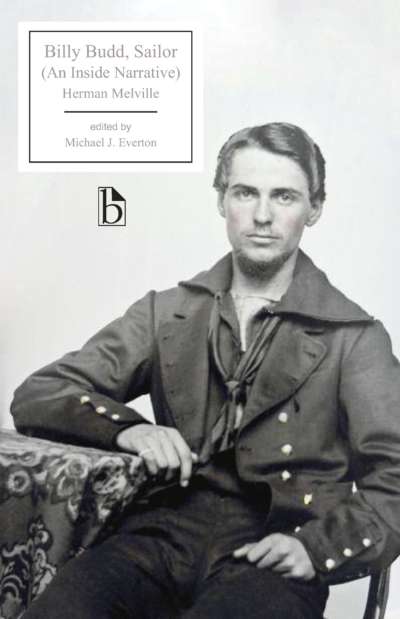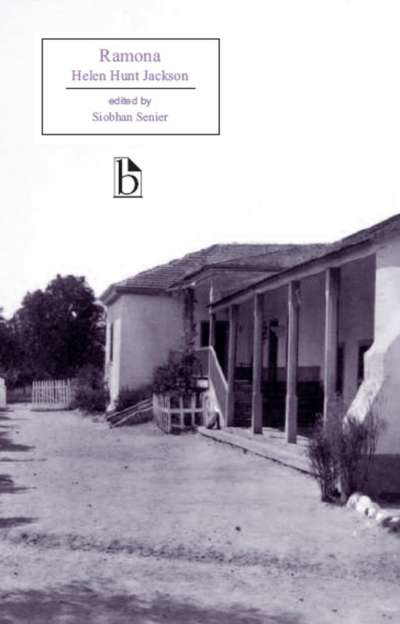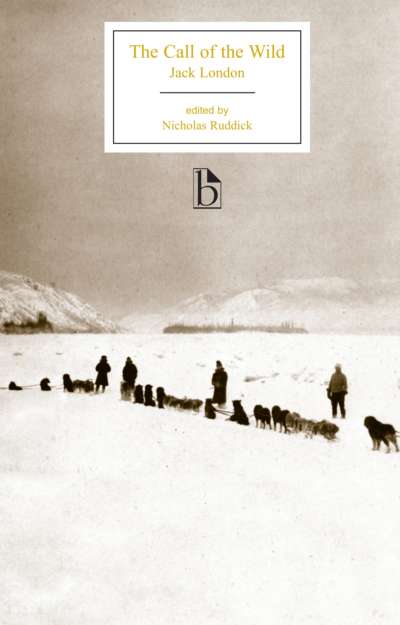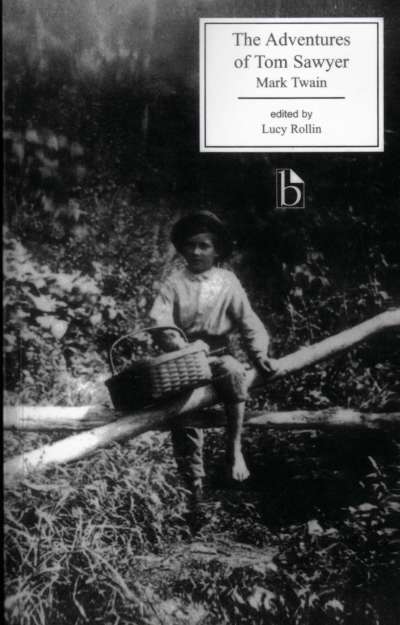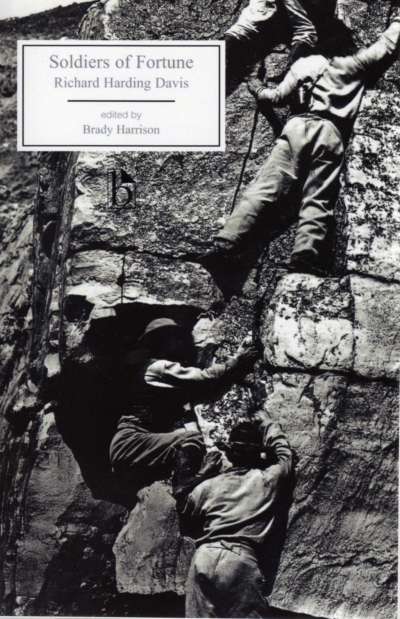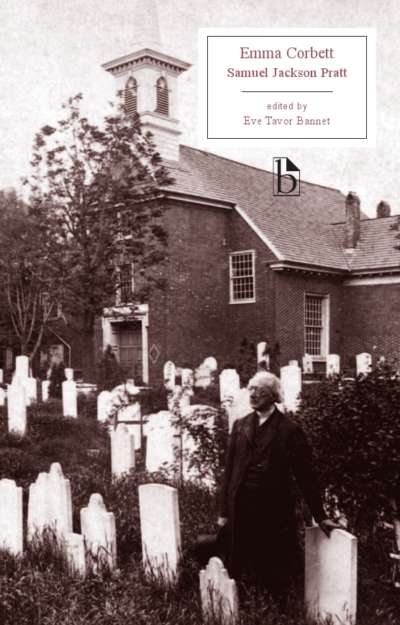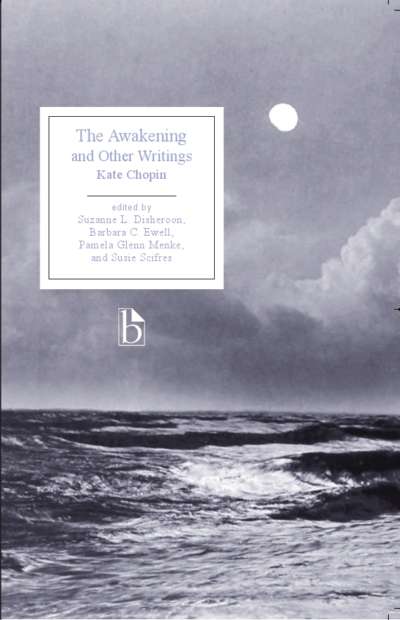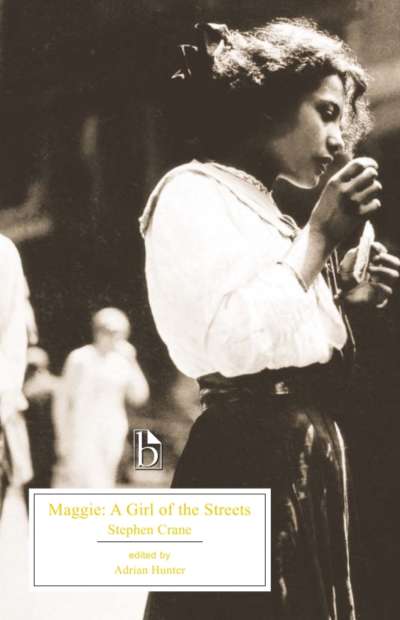
The story of a young soldier, Henry Fleming, who flees a Civil War battle, The Red Badge of Courage has been celebrated for its depiction of both the physical action of battle and the protagonist’s internal struggle. Despite the precise and vivid descriptions of the scenes of battle in his fiction, Stephen Crane was not born until six years after the war had ended and never saw military service. His novel altered the tradition of war literature in its naturalistic emphasis on a single, ordinary man facing the horrors of battle.
This edition includes an important new introduction by James Nagel, author of the book Stephen Crane and Literary Impressionism and former president of the Stephen Crane Society. Historically significant reviews and commentary from the publication of the novel in 1895 are included, along with the deleted Chapter 12 from the novel. The short story “The Veteran,” in which the protagonist appears as an elderly man, is also included.
Comments
“With this insightful volume, James Nagel once again confirms his stellar reputation as one of the leading critics of American literature. From the engaging discussion of the novel’s craftsmanship, its structure and style, to the comprehensive overview of critical perspectives, Nagel’s introduction cements The Red Badge of Courage as the finest impressionistic account of the most shattering war in American history. The Appendices are valuable for its evidence of Hamlin Garland’s influence on the young writer as well as for the perceptive reviews by Crane’s contemporaries. The deleted Chapter 12, reprinted in the appendices, is an essential reference for Nagel’s inarguable conclusion that had the chapter remained, the final version of the text would not have achieved such a fine balance of form. Undoubtedly, this edition of America’s major Civil War novel will become indispensable to any serious reader of Stephen Crane.” — Olivia Carr Edenfield, Georgia Southern University
“James Nagel’s edition of Stephen Crane’s The Red Badge of Courage is an authoritative, meticulous contribution. In clear, direct prose, Nagel describes the contextual and structural intricacies of the novel and guides readers through the critical tradition. Nagel’s annotations are prudent; he does not crowd Crane’s text with unnecessary or tangential information. The appendices and select bibliography are also quite valuable, providing researchers an excellent point of departure. Useful to the student as well as the specialist, this book will no doubt become a standard resource for scholars of Crane, Naturalism, and literary Impressionism.” — Robert C. Clark, University of West Alabama

